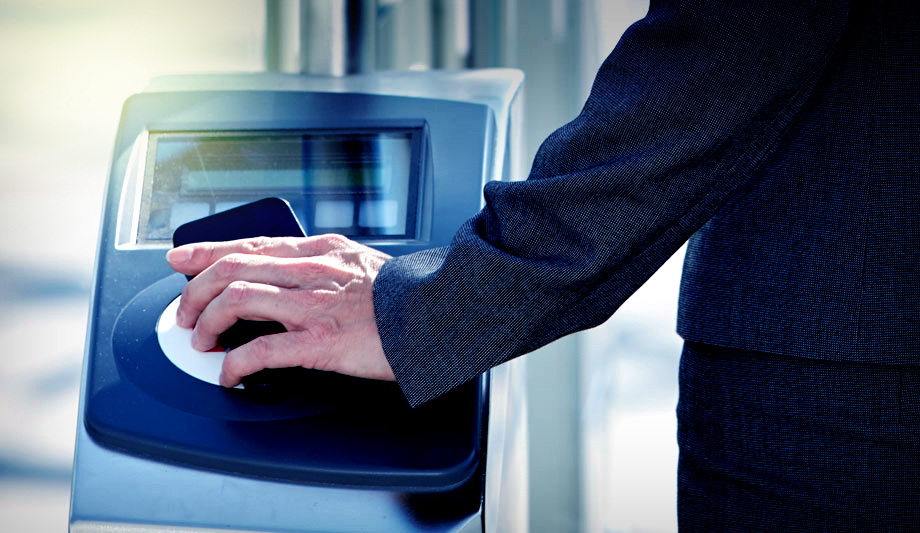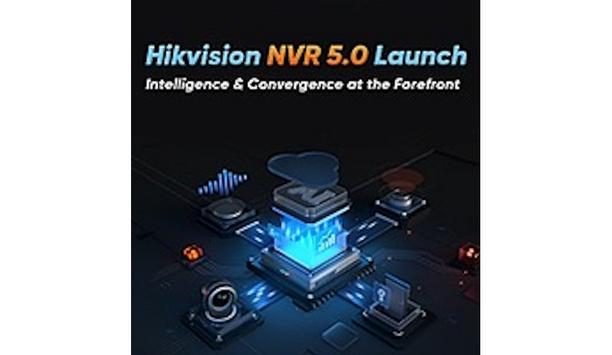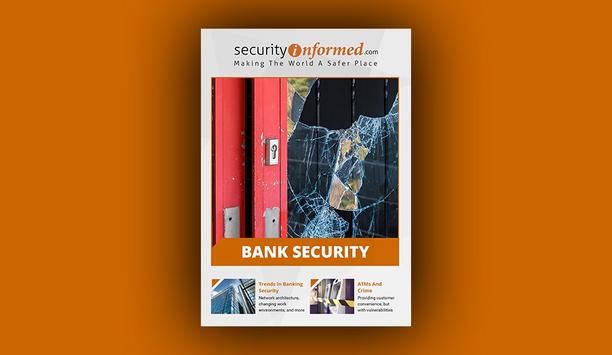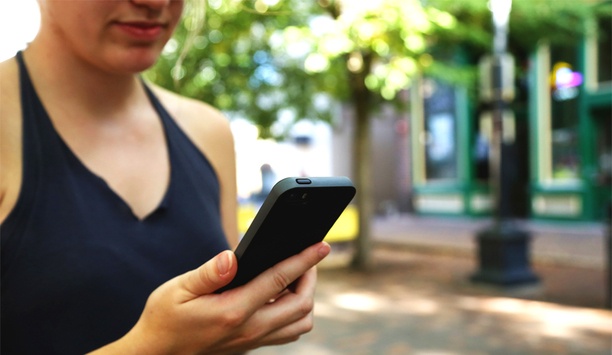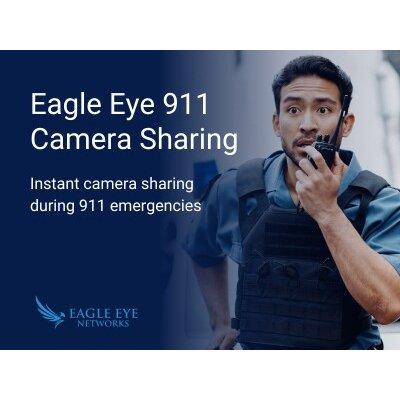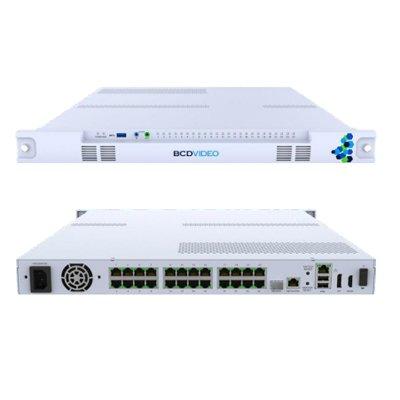Since the introduction of smartphones with downloadable applications, vendors have been trying to replace the traditional plastic identification (ID) card with a mobile phone application. People might lose or misplace an ID card, but most people immediately recognize if they are without their mobile phone.
- Mobile ID badges for access control
- Bluetooth Low Energy iBeacon technology
- Technical challenges
The logical extension is to replace or augment the traditional corporate ID and access control card with a smartphone ID application. There are numerous benefits associated with using a smartphone as an ID badge. Fundamentally, they are more secure because smartphones can be locked, data encrypted and access restricted. Secure ID access can also be remotely installed and activated or deactivated on a smartphone with little effort from the IT or security department. In addition, there is no need to physically visit the security office to get a replacement badge.
Mobile ID Badges And Open Systems
The industry-wide adoption of mobile ID badges has been hindered by the evolution of existing and available technology and the vendor/partner ecosystems that have controlled the technology and markets. For a general application to achieve significant market adoption, it must have the required open systems and technology infrastructure in place and enabled to achieve scalable and secure deployments. Simply put, a mobile ID badge application needs support from the major phone manufacturers and interoperability with existing industry standard security models and protocols established in the market today.
It was not until the promise of near field communication (NFC) that the idea of a mobile ID badge for access control started to take hold as a realistic possibility. After all, if you can replace your credit cards by waving your phone with a digital wallet over a point of sale (POS) device in a retail store, why can’t you replace your corporate ID card for physical access by waving it in front of a door reader?
One major issue that hindered the broad adoption of NFC was the lack of support by major phone manufacturers – specifically Apple with the iPhone - which limited the growth of phone-based mobile IDs for door readers that control physical access.
 |
| To create a practical smartphone-based mobile ID badge app, there are several technical challenges which must be addressed |
BLE Beacons Development
Apple eventually announced a new Bluetooth Low Energy (BLE) iBeacon technology and Google followed suit with its Android-based Eddystone BLE beacon in 2015. BLE beacons are small, low-cost hardware devices that transmit a unique identifier over Bluetooth low energy to nearby electronic devices such as mobile phones. The initial use of BLE beacons were centered around determining location for mobile marketing applications. For example, if a customer is passing a merchandise display, it could notify them of a coupon or sale while they are in the store. Because BLE is universally available on all smartphones, the use of BLE beacons has enabled new experiential smartphone apps based on physical location presence.
In the corporate environment, vendors have quickly determined that there are many ways to leverage BLE to simplify workplace-related functions. These include asset tracking, logging into networks and cloud resources, access to print jobs, meeting room usage, attendance systems, and even employee location tracking.
PACS Two-way Communication And Universal Access
Physical Access Control System (PACS) vendors and security organizations find BLE technology attractive as an access control application because of the two-way communication capability and universal access in smartphones. This is important because the smartphone acts as a reader and can determine presence or location next to a BLE beacon or communicate to a door reader access control device. For this reason, they have quickly determined ways to leverage BLE to enable access control and ID badges for both existing and new PACS solutions. For example, smartphones can be installed with a mobile ID badge application that can communicate with BLE-enabled door readers.
One behavioral challenge associated with this solution is that people today are accustomed to using RFID-enabled access control cards as part of their daily lifespans vendors leverage the technology limits of an access control card read distance (1-3 cm) to the door reader to administer physical access. For example, the location of the reader next to the door or the timing of the read and door access strike opening the door, can all be orchestrated behind the scenes to provide a seamless door entry experience. This is the current user expectation and ensures the proper level of security while reducing tailgating, enforcing badge reads and preventing backups or entry queues. All of this happens transparently to ensure the frictionless access control users enjoy today.
 |
| The “door open” event needs to occur just as a person approaches a door to avoid potential security breaches |
Mobile ID Badge App Challenges
BLE beacons by design broadcast a unique adjustable signal over a wide range of up to 150 feet. While this is ideal for creating mobile ID apps for shopping or presenting location-based notifications and alerts, there are some concerns about when it should be used to provide access control and open a door. The “door open” event needs to occur just as a person approaches a door to avoid potential security breaches. Other key considerations include how to account for multiple doors within close proximity, avoiding a door detection from someone walking behind or away from a door and tailgating events.
To create a practical smartphone-based mobile ID badge app, these technical challenges must be addressed. Some concepts being tested and used today include having a door open acknowledgment response via a notification, or waving the phone or using another gesture to acknowledge that you are in front of a door to request accessible still has some challenges to overcome before becoming the de facto industry standard for mobile ID badge access.
Once the challenges are addressed, it has the potential to drive the next wave of innovation in access control and enable the next generation of ubiquitous mobile ID badge applications that will provide the seamless and secure access control that we enjoy today with traditional ID cards.
